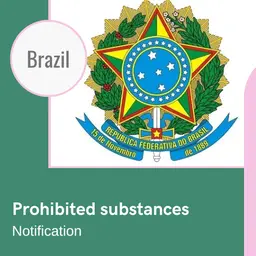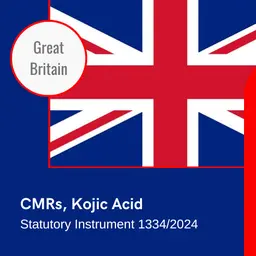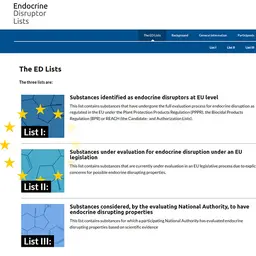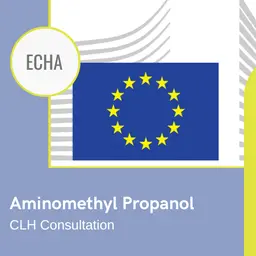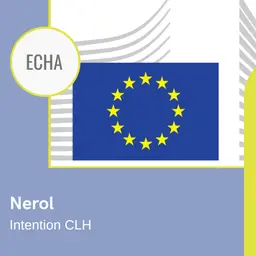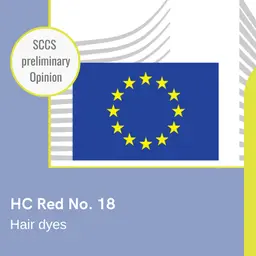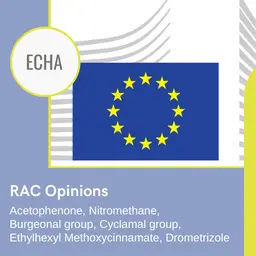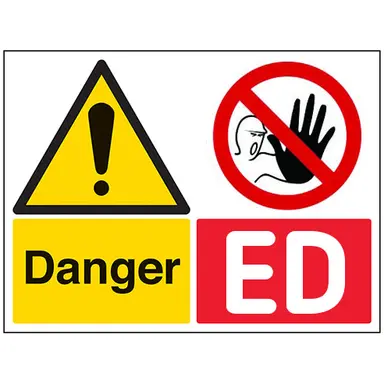
Endocrine disruptors are substances which can affect the endocrine system. Some of them have the ability to mimic the action of hormones or block their receptors. Others hamper their transport, production, or degradation in the body. The possible consequences of these interactions are most worrying, because they vary a lot from one substance to another, from one exposure dose to another, and even from one individual to another… Be it as it may, it is now commonly believed that endocrine disruptors are harmful for health…
Let’s be clear straightaway: the substances that act as endocrine disruptors are most varied, and we are not dealing with heavy chemistry here. Indeed, if some of them are synthetic, others are most natural: soya is actually frequently described as a botanical endocrine disruptor.
And the problem is not really the fact that a substance can have an influence on the endocrine system (many women find the pill very useful), it is rather that today, we are all exposed to many endocrine disruptors, whether we want it or not.
Many of them have already been identified, like alkylphenols, phthalates, Bisphenol A, polychlorinated or organochlorine compounds… which can be found in plastic materials – like in feeding bottles, for Bisphenol A – pesticides, gas emissions from different industries, contaminated water, but also food, sometimes drugs… and a few cosmetics.
At the end of the day, the problem is that nobody is really familiar with this cocktail of interactions and its effects, which it was eventually discovered that they were far from being desired. ### Deleterious effects It is known that the effect of endocrine disruptors is particularly harmful during the embryonic period and early childhood: during this phase, the development and the function-to-be of organs can be disrupted, in particular causing serious malformations and/or disorders in the sexual organs. They are also believed to be responsible for the considerable fertility decline currently observed in more and more Western countries or of the ‘wave’ of early puberties in little girls. Bees – whole hives are regularly decimated – are also allegedly among the casualties because of the pesticides poured on the flowers they gather pollen from.
Of course, it seems that after the critical embryonic and childhood periods, the body proves much less sensitive to these substances, even when it is exposed at high doses. But, once again, in the first stages of human life, their effects can be terrible, both for the children themselves and for future generations: a study conducted on rats showed that if the mother had been in contact with endocrine disruptors during a critical period, these effects could be detected in her descendants down to the fourth generation…
Regulations tricky to implement
It should be known that the security doses set out to authorize the use of these substances are (just like for all chemical or natural substances) calculated for each of them, independently of the others, and that we all come in contact with several endocrine disruptors on a daily basis – even a considerable number of them, generally speaking.
As a matter of fact, as far as they are concerned, all the usual toxicology principles are jeopardized. For example, it is not really the dose that makes the poison: one given substance can have harmful effects at very low doses, none at medium doses, and then be harmful again at high doses! On the other hand, taken separately, an endocrine disruptor can seem neutral and devoid of any effect. But if it is associated with other endocrine disruptors, together, they have an impact that can prove disastrous. That is the ‘cocktail effect’ environmental associations have been denouncing for years and scientists are increasingly able to measure today.
Given these most specific properties, it proves much difficult to set up regulations. Assessment strategies have been defined, in France or in Europe. But despite all the research work done and the progress made by scientists, there are still more questions than answers today as regards which substances should be restricted or prohibited, how, and in which product types.
The starting points of all regulations (the famous criteria that help identify an endocrine disruptor the European Commission was to publish) triggered so many controversies and debates that there is now a two-year delay compared to the deadlines initially set out. To date, there is still no clear consensus and nothing specific for cosmetics.
In short, they are still poorly known, their effects are serious and more and more certain, and protective measures are a long time coming: here is the perfect cocktail for them to be scary and rejected by everyone.

